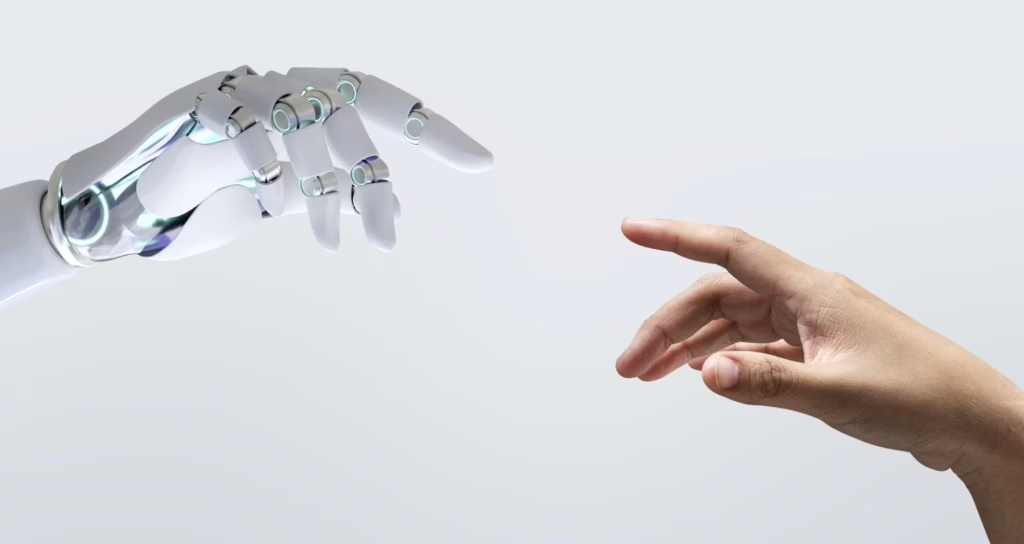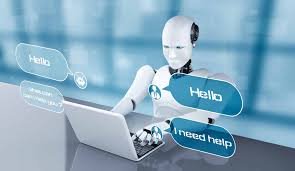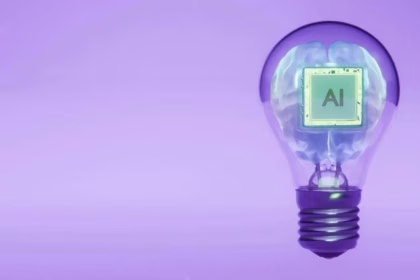
We live in a world where the written word isn’t always written by a person. From student essays to blog articles, emails to online reviews, artificial intelligence is quietly becoming the unseen hand behind much of the content we consume. While AI-generated content can be impressive often indistinguishable from human writing it’s also raising new questions about authenticity and trust.
That’s where AI detection comes in.
As AI writing tools become mainstream, AI detection technologies are working behind the scenes to ensure transparency in digital communication. Whether you’re a journalist, educator, business owner, or everyday reader, understanding how and why we detect AI-generated text is becoming increasingly important.
Why We Need to Know Who or What Wrote It
The explosion of content created by artificial intelligence has brought convenience, but it’s also introduced complications. Think about a university professor grading papers, a hiring manager reading cover letters, or a media outlet publishing reader submissions. In all these cases, there’s an assumption that the words on the page reflect original human effort.
But what happens when that assumption isn’t true?
AI detection tools were designed to maintain a sense of accountability. They help identify whether a piece of content was buzzwrite.org which in turn supports decisions around grading, hiring, publishing, or even moderating social platforms.
At its core, this isn’t about punishing the use of AI it’s about ensuring that we stay informed and ethical in how we use it.
How Detection Works
AI-generated text, especially from large language models, often follows patterns. These patterns may not be obvious to the average reader, but they’re detectable through machine learning algorithms.
Detection systems typically analyse things like:
- Word choice patterns: AI tends to favour common phrases or balanced sentence structures.
- Lack of variance: Human writing is naturally more unpredictable and uneven.
- Sentence probability: AI models calculate the most likely next word, resulting in text that may feel overly smooth or overly generic.
Some tools use classifiers trained on large sets of human buzzwrite and machine-written samples. Others assess the “burstiness” (variation in sentence length) or search for digital fingerprints left behind by AI systems.
These tools aren’t perfect, but they’re evolving fast just like the AI they’re trying to detect.
Where AI Detection Is Already in Use
Though it might sound like a futuristic problem, AI detection is already playing a major role in real-world situations:
- Education: Universities and schools use detection software to verify the originality of student work.
- Publishing: Newsrooms and content platforms vet articles for machine-generated writing, particularly when originality is required.
- Recruitment: Employers are using AI detection to spot whether application materials were written authentically.
- Online moderation: Forums and platforms are building tools to identify bot-generated responses or spam.
This kind of oversight helps ensure that AI is a tool—not a shortcut that undermines credibility.
The Human Side of the Equation
AI is changing how we create, but it doesn’t mean creativity is obsolete. In fact, as detection tools become more sophisticated, the value of truly human input becomes even more significant. Emotion, nuance, lived experience these are things machines still struggle to replicate.
That’s why the conversation around AI detection isn’t just technical it’s ethical.
As users, we have a responsibility to understand when and how it’s appropriate to use AI. As readers, we benefit from transparency. And as creators, we’re entering a new era where declaring the use of AI might soon become the norm, just like citing a source or declaring sponsorship.
Looking Ahead
Artificial intelligence has given us incredible new ways to generate ideas and communicate faster. But with that power comes the need for checks and balances.
AI detection isn’t about resisting innovation. It’s about ensuring we’re honest about how we use the tools at our disposal. As these technologies continue to develop, the goal is clear: to build a future where human and AI collaboration is not only possible but also transparent and trustworthy.
Because in a digital world filled with voices, it still matters to know who’s speaking.






